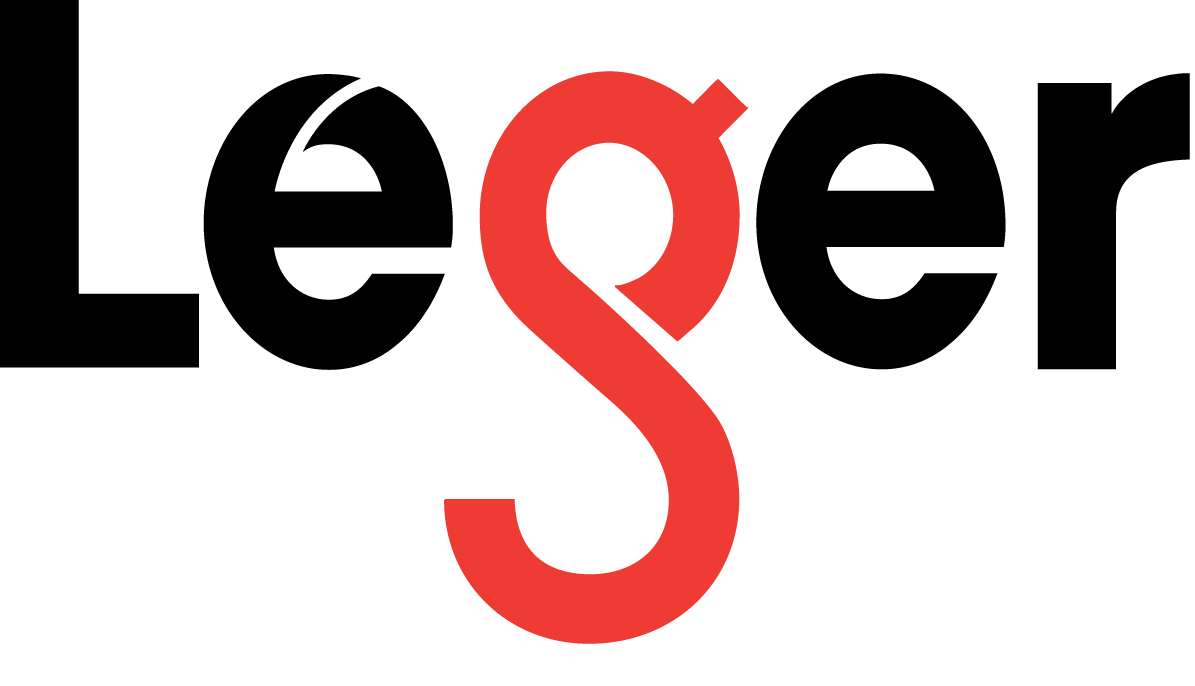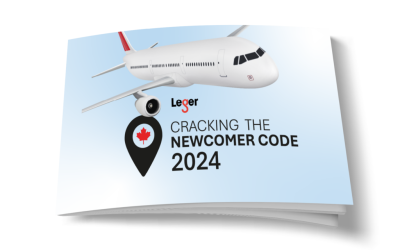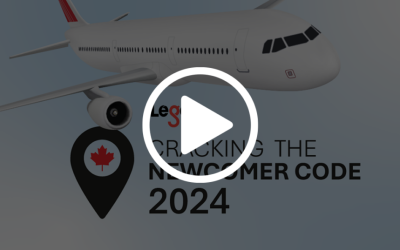We are told that we should not regurgitate numbers, but “tell a story”. But how does one tell a story? And what exactly is “story telling”?
Let me start with an example. Let us say your client is a liquor store. The client wants to find out the impact of banner ads on customer behaviour. Your research shows that only a third of in-store consumers recalled seeing the banner ads, let alone motivated by them. Even among those aware of a banner ad, three quarters said that the banner ad was irrelevant to them for making their purchase decisions. The study also found that customers who did not talk to any store employee spent an average of $16 on wine. Customers who asked an employee for advice spent on average $32. But even more interesting, when an employee proactively engaged a customer in conversation and suggested different wines, the average purchase total increased to $61.
If you were the researcher presenting the above results to the client, how would you present them? Before going ahead, take two minutes to think about how you would present.
Banner ads
Only 33% of the visitors to our stores recalled seeing a banner ad. Even among this group, a large majority of customers reported that the banner has no bearing on their purchase decision.
CUSTOMERS NOTICING BANNER ADS
Because two-thirds of the visitors had not even noticed the banner ad and even those who did felt it had any impact on their purchase decisions, it appears banner ads are not very effective.
The Impact of Employee Interaction with Customers
A customer who did not talk to any employee before making a purchase decision spent on average $16 on wine. Customers who asked an employee for advice spent on average $32. However, when an employee proactively engaged a consumer in conversation and suggested different wines, the average purchase total increased to $61.
EFFECT OF EMPLOYEE INTERACTION
Does the above tell a story? In my view, not very effectively. The researcher has understood what the data said but the presentation just states the facts along with a brief interpretation of the charts presented.
1. Two-thirds could not even recall the banner add. When they did, they felt it had no impact on their purchase decision.
2. This indicates that banner ads are ineffective.
3. Those who interacted with an employee bought more.
4. Employees play an important role.
The data and the interpretation are not woven into a story. If management were to use this report, they would have to figure out how the data and the interpretation are relevant to their decisions.
What would you do? Think how you would present the results for maximum impact. Write it down if you like. This is what the researcher responsible for this study did.
YOU COULD POTENTIALLY TRIPLE YOUR SALES, IF YOU TRAIN YOUR EMPLOYEES ADEQUATELY.
The statement had drama but was based on research data. Which management would not be interested in increasing their sales three-fold? The consultant continued his talk: “When an employee talks to a customer, the customer is likely to buy $61 worth of wine. When visitors are on their own, their average tab falls to $16. So my recommendation is to train the store employees to approach customers proactively.” When the client queried what else they could do, the consultant suggested that the store layout could be changed such that the employees were in the middle making it easier for them to approach customers or the other way around.
He added, “We can also call the employees wine consultants so customers don’t feel pressured into buying things”.
The presentation was so convincing that the client subsequently implementedthe consultant’s suggestions, revamped the stores and recruited and trained consultants. The result? A dramatic increase in sales.
The first presentation with pie charts and bar charts stated the facts. Even though it contained an interpretation of facts, it would not have caught the attention of management and would not have resulted in any action, because it did not tell a story. The second presentation actually went behind the numbers, said what it meant to management, and how they could benefit from it. It told a story.
The above is not a made up story, but is an actual case study, although the client name is withheld for confidentiality reasons. Just in case you were wondering who the researcher who presented a single slide as his sole presentation was, it was none other than Jean-Marc Leger. We may not always be able to tell such a powerful story with such flourish, but we can do a lot more than we do now to increase our ability to tell a story. In the next few blogs I will explore what story telling is and how it works.



